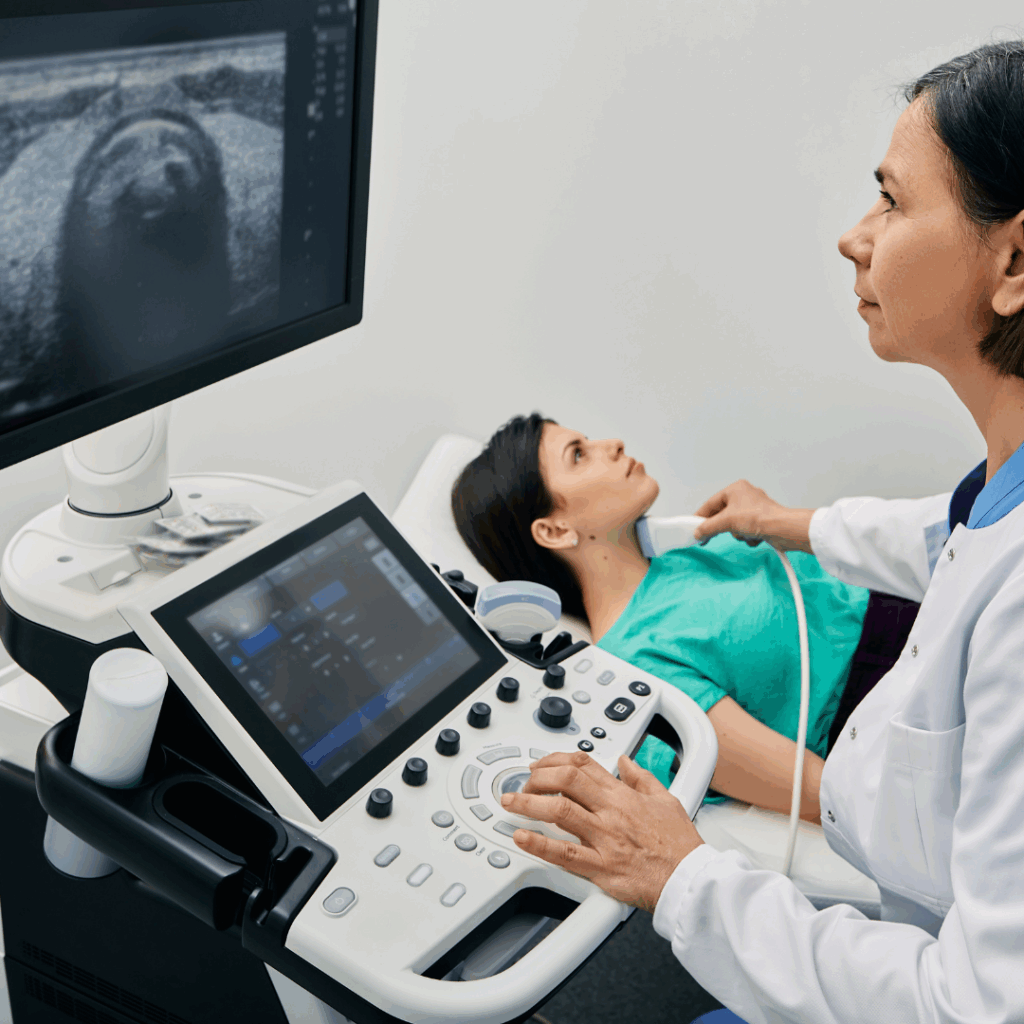Legal Personal Representatives (LPRs) play a pivotal role in the administration of estates, shouldering significant responsibilities, particularly when it comes to managing the deceased’s tax affairs. Handling income tax, capital gains tax (CGT), and inheritance tax is no small undertaking, with the added weight of personal liability for an LPR if proper due diligence is not carried out. But here’s the good news—the recent updates to Revenue’s tax clearance procedures offer LPRs a lifeline to manage these complexities effectively while safeguarding themselves and the beneficiaries.
If you’re an LPR navigating this labyrinth, understanding these procedures is critical not only for compliance but also to ensure a smooth distribution of assets. This guide offers an expert breakdown of the updated clearance procedures, potential challenges, and how you can mitigate risks while adhering to best practices.
The Updated Clearance Process – What Changed?
Traditionally, LPRs relied on a manually issued “letter of clearance” from Revenue to certify that an estate’s tax obligations had been met. However, in 2022, Revenue introduced a revamped, non-mandatory clearance process through their “Requests for Clearance in Death Cases” manual (updated October 2024). This modernised system is designed to speed up asset distributions while minimising risks of personal liability for unpaid taxes.
Unlike the older system, the new process places greater emphasis on thorough due diligence by LPRs. By assessing the deceased’s pre-death tax position and resolving outstanding liabilities before asset distribution, LPRs can receive a “clearance” that effectively protects them from future claims against the estate.
Key Procedural Changes
- Digital Clearance Submissions: LPRs can now submit their clearance requests through MyEnquiries on ROS (Revenue Online Service).
- Streamlined Timeframes: Revenue has a 35-working-day response period to raise any concerns or objections. If no concerns are raised, LPRs can proceed confidently with asset distribution.
- Coverage for Non-Resident Beneficiaries: A specific clearance process ensures inheritance tax compliance for non-resident beneficiaries, relieving LPRs or solicitors of additional liabilities.
The Role and Responsibility of LPRs in Tax Compliance
LPRs are tasked with ensuring that all outstanding taxes are fully resolved before estate funds are distributed. Failure to do so not only jeopardises the estate but also exposes the LPR to personal liability for unpaid taxes, interest, or penalties.
Under Section 1047 and 1048 of the Taxes Consolidation Act 1997, the LPR is held accountable for income tax, CGT, and associated liabilities. This includes reporting the deceased’s income up to their date of death and managing any unpaid tax assessments within the legal timeframe. Even overlooked tax refunds can create complications, as these must also be included as assets within the estate, forming part of beneficiaries’ Capital Acquisitions Tax (CAT) filings.
Expert Steps for Compliance
To meet your obligations while reducing risks, follow these steps during the estate administration process:
1. Register the Estate for Relevant Taxes
Ensure correct tax registrations are completed using Revenue’s eRegistration system. This includes linking an agent to the estate using their TAIN (Transaction Adviser Identification Number) to facilitate smooth clearance applications.
2. Conduct Thorough Due Diligence
Review the deceased’s financial affairs meticulously, which includes submitting income tax returns for the four years prior to the year of death, as well as the year-of-death return. This could involve coordinating with Revenue or advisors to ensure accuracy.
Revenue provides a template questionnaire to guide LPRs through this process, which includes reviewing income, disposals, and financial compliance records. For estates with small overseas holdings, complexities may arise, necessitating input from expert advisors.
3. Submit a Clear and Complete Clearance Request
When submitting a clearance request, include the following documents via MyEnquiries in ROS or myAccount:
- Deceased’s income tax return (e.g., Form 11 or Form 12).
- Confirmation that all due diligence has been conducted.
- Required attachments such as the Statement of Affairs (SA2) or additional schedules detailing estate assets.
- Details relating to any year-of-death disposals subject to CGT (covering the preceding 10 years).
Once submitted, the LPR is protected from personal liability for any future claims, provided all due diligence was completed correctly.
4. Handle Non-Resident Beneficiaries Diligently
LPRs are often unaware that they can be held accountable for inheritance tax liabilities of non-resident beneficiaries if CAT returns are not filed on time. To protect yourself, notify Revenue of your intent to distribute assets and use the new online system to request a non-resident clearance under Section 48(10). Revenue will respond within 30 days—or the LPR can proceed if no response is received within this timeframe.
If Revenue identifies an issue post-clearance submission, the intervention applies only to assets under the LPR’s control.
5. Loop in Advisors for Complex Cases
For high-value or intricate estates, engaging a solicitor, and accountant or tax advisor experienced in estate clearance is invaluable. Their expertise ensures compliance and reduces the chances of errors in handling complex tax issues or addressing overseas holdings.
Overcoming Common Challenges
Despite the process improvements, LPRs continue to face challenges such as high costs for small estates, incomprehensive information about the deceased’s affairs, and confusion regarding international assets or pensions. To address such issues effectively:
- Streamline Small Estates using concise schedules and clear declarations about waivers.
- Minimise Delays by obtaining statements from the Department of Social Protection confirming no outstanding claims.
- Seek Expert Guidance for overseas financial matters to prevent discrepancies in income tax filings or clearance applications.
Why the Clearance Process Benefits LPRs
Although the process is non-mandatory, the updated clearance system provides critical protections for LPRs. It enhances transparency, reduces the likelihood of future disputes with beneficiaries, and ensures compliance with Revenue’s legal requirements. By fulfilling due diligence obligations and obtaining clearance, LPRs can confidently distribute assets without fear of unexpected tax liabilities.
Take the First Step Towards Hassle-Free Estate Administration
Navigating tax clearance procedures doesn’t have to be an uphill battle. Whether you’re handling a straightforward estate or an intricate case, meticulous planning and adherence to Revenue’s guidelines can simplify this often daunting responsibility.
If you’re feeling overwhelmed or uncertain about meeting your obligations as an LPR, our team of legal advisors is here to help. ***Contact us for expert legal advice and personalised support to streamline your estate administration process.









